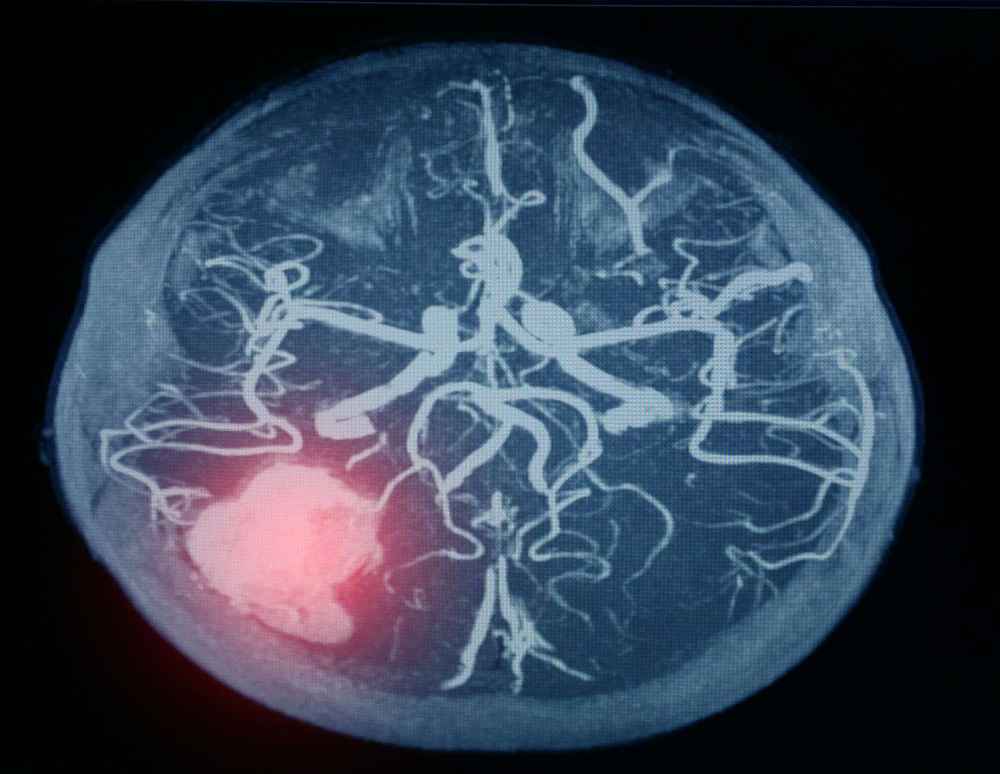Brain Aneurysms: Causes, Symptoms, and Treatment Options

Brain Aneurysm
Contact Us
Frequently Asked Questions :
1. What is the survival rate for brain aneurysm surgery?
With timely treatment, the survival rate is high. Around 80% of patients who undergo treatment for an unruptured aneurysm recover without major complications.
2. Is a brain aneurysm a lifelong condition?
If detected early and treated, most brain aneurysms can be permanently resolved. Regular monitoring is essential to prevent recurrence.
3. How long is recovery after brain aneurysm surgery?
Recovery can take anywhere from 4 to 8 weeks depending on the patient’s health, age, and the complexity of the aneurysm treated.

About Brain Aneurysm
A Brain Aneurysm is a bulging, weakened area in the wall of an artery in the brain. This can cause the blood vessel to expand like a balloon, increasing the risk of rupture. A ruptured aneurysm leads to a hemorrhage, which can be life-threatening and requires immediate medical attention.
Dr. Sandeep Vaishya, an award-winning neurosurgeon, specializes in diagnosing and treating brain aneurysms, helping patients recover and lead healthier lives.
Causes of Brain Aneurysm
Several factors can lead to the development of a brain aneurysm, including:
- High blood pressure: Chronic hypertension weakens blood vessel walls.
- Family history: Genetic factors may increase susceptibility.
- Smoking: Increases the risk of aneurysm formation and rupture.
- Age and Gender: Women and older individuals are at higher risk.
- Head injury or trauma: Can weaken artery walls over time.
- Infection: Certain infections may cause arterial wall inflammation.
Identifying and managing these risk factors can help prevent the formation or worsening of brain aneurysms.
Types of Brain Aneurysms
There are different types of brain aneurysms based on their shape, location, and size:
- Saccular Aneurysm (Berry Aneurysm): The most common type, resembling a berry with a narrow neck.
- Fusiform Aneurysm: This type affects a longer section of the artery, with the vessel swelling outward.
- Giant Aneurysm: Larger than 25 mm and often harder to treat due to their size and complexity.
- Mycotic Aneurysm: Caused by infections and is relatively rare.
Each type of aneurysm requires a specific treatment approach, depending on its size and location.
Symptoms of a Brain Aneurysm
Most brain aneurysms are asymptomatic unless they rupture. However, some may exhibit warning signs such as:
- Severe headache (“worst headache of your life”)
- Blurred or double vision
- Pain above or behind the eyes
- Stiff neck
- Difficulty speaking or understanding speech
- Nausea and vomiting
- Sudden weakness or numbness in the limbs
If you experience these symptoms, it’s crucial to seek immediate medical attention, as a ruptured aneurysm can be fatal.
Diagnosis of Brain Aneurysm
Early detection of a brain aneurysm is key to preventing complications. Some of the most common diagnostic methods include:
- CT Scan: Provides clear images of the brain, helping detect bleeding.
- MRI: Produces detailed images of blood vessels to locate aneurysms.
- Cerebral Angiogram: Involves injecting a contrast dye into the bloodstream and taking X-rays to observe the blood vessels.
- Lumbar Puncture: Helps detect bleeding in the cerebrospinal fluid if an aneurysm has ruptured.
With state-of-the-art technology and advanced diagnostic tools, Dr. Sandeep Vaishya ensures precise diagnosis and personalized care.
Treatment Options for Brain Aneurysm
Treatment for brain aneurysm depends on several factors, including size, location, and whether it has ruptured. The options include:
1. Endovascular Coiling
A minimally invasive technique where a catheter is inserted into the artery and coils are deployed to prevent blood flow into the aneurysm.
2. Surgical Clipping
This involves a surgeon placing a tiny clip at the base of the aneurysm to cut off blood flow, preventing rupture or further bleeding.
3. Flow Diverter Surgery
A flow diverter is a stent-like device placed within the artery to divert blood flow away from the aneurysm, encouraging healing of the affected artery.
Dr. Sandeep Vaishya is a pioneer in both endovascular and open surgical techniques, offering patients the best possible outcomes.
Cost and Stay in India for Brain Aneurysm Treatment
India is becoming a hub for affordable, world-class healthcare, and brain aneurysm treatment is no exception. Here’s a general overview:
- Treatment Cost: The cost of brain aneurysm treatment in India ranges from $8,000 to $15,000, depending on the complexity of the case and treatment type (coiling or clipping).
- Hospital Stay: Patients typically stay in the hospital for 7 to 10 days for aneurysm surgery and recovery.
- Post-surgery Recovery: After hospital discharge, a follow-up period of 2 to 4 weeks may be recommended to monitor recovery and ensure no complications arise.
Dr. Sandeep Vaishya and his team ensure a smooth and comfortable experience for international patients, from consultation to recovery.